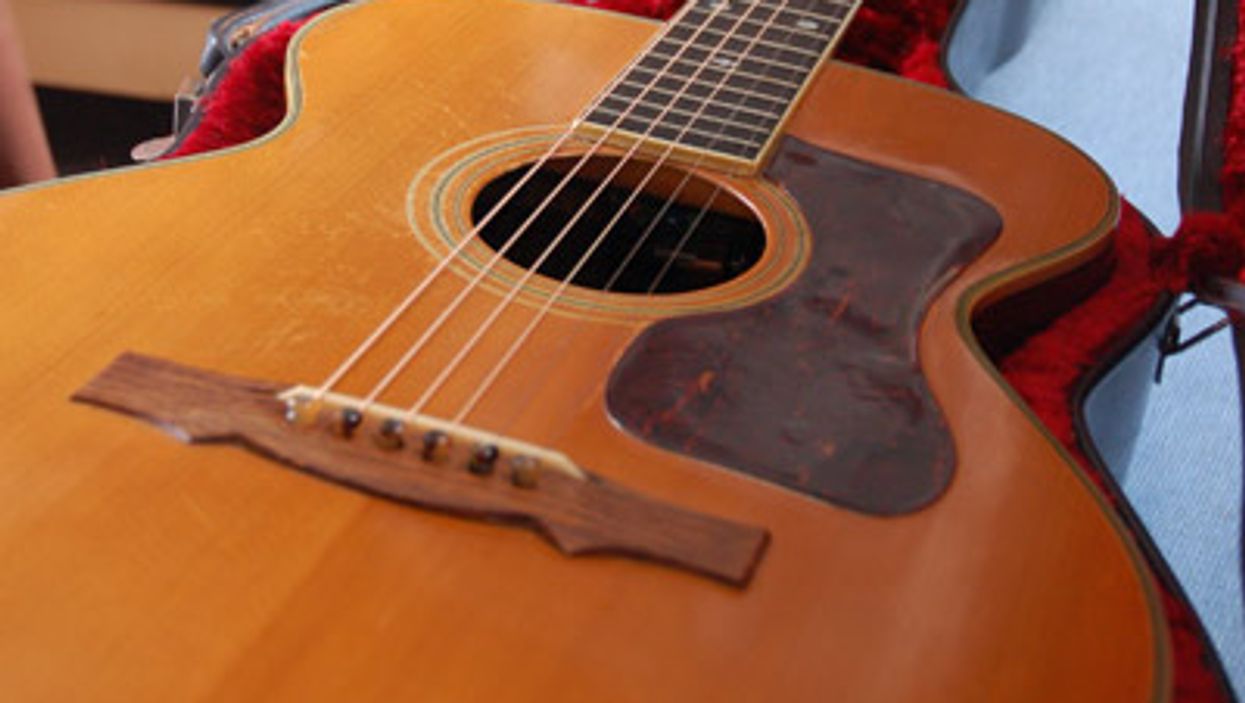Search
Latest Stories
Start your day right!
Get latest updates and insights delivered to your inbox.
guild-josh-white-guitar-mandolin-bros-jay-pilzer-stan-jay-ovation-signature-model-african-american
Don’t Miss Out
Get the latest updates and insights delivered to your inbox.
Recent
load more
